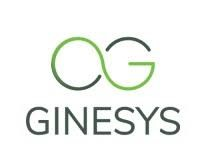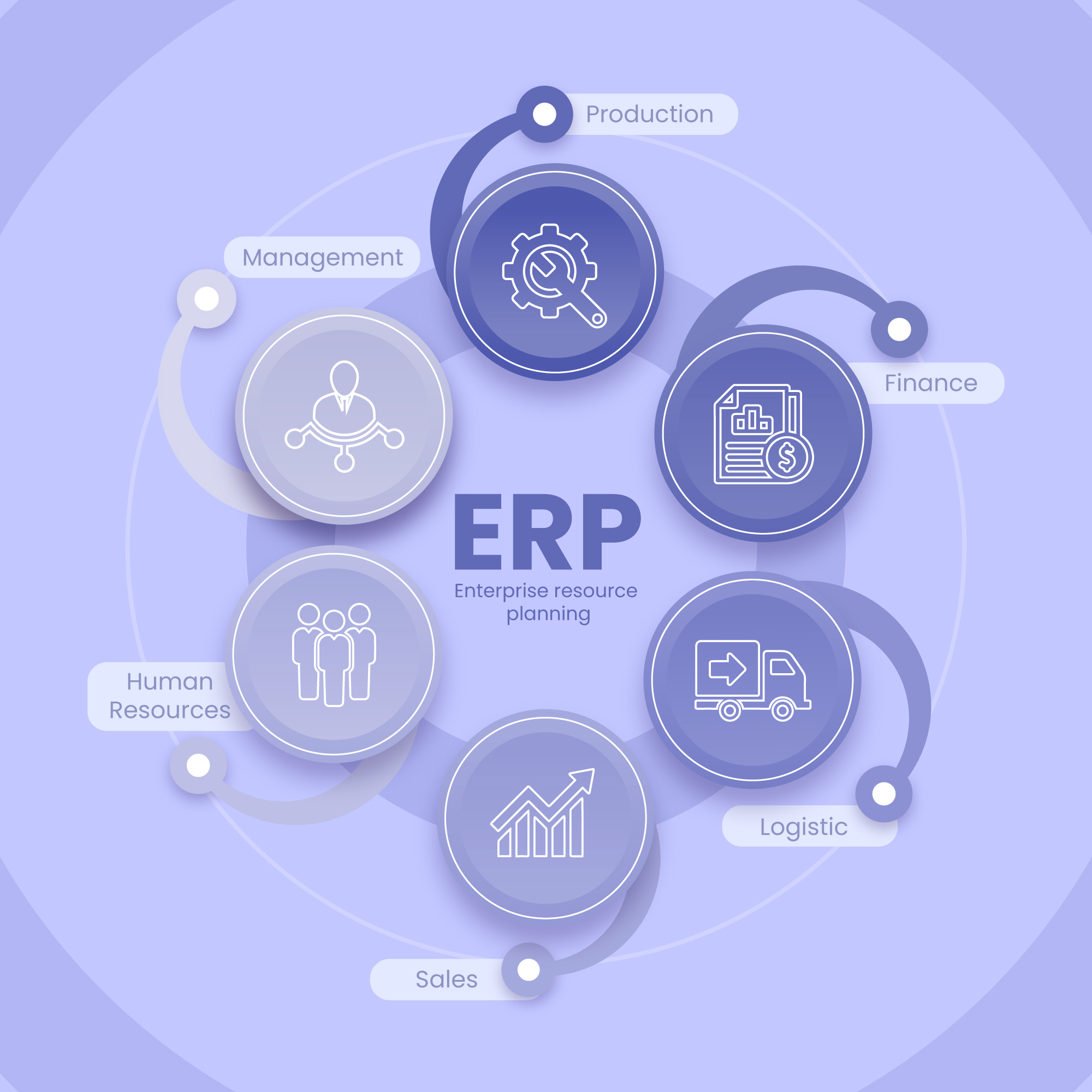What is the Return on Investment of an ERP Implementation in Retail?
Enterprise Resource Planning (ERP) has overtaken the retail industry by storm over the last few years, emerging as an essential catalyst for driving business excellence. With ERP revolutionizing the industry, the need for retail businesses to adopt this transformative technology has become urgent. Implementing retail ERP software can significantly enhance operational efficiency and streamline processes. However, the journey to implement ERP software is not without its challenges. It demands significant investments in time, resources, and finances. Therefore, retailers must assess the Return on Investment (ROI) of an ERP implementation to ensure that it delivers tangible benefits and contributes to the organization's bottom line. This blog aims to delve into the intricacies of ROI evaluation in ERP implementations, how to accurately calculate their ROI, and tips to help the company get the most value from its ERP investment.

Unleash ERP's potential: Maximizing retail ROI for growth
Understanding ERP Implementation in Retail
Retail ERP software plays a pivotal role in transforming retail operations by integrating various business functions into a centralized platform. ERP solutions provide a comprehensive suite of tools to optimize processes and enhance productivity, from inventory management and order processing to customer relationship management and financial tracking. By consolidating data from disparate sources, ERP systems enable retailers to gain real-time insights into their operations, facilitating informed decision-making in response to market dynamics. Return on investment encompasses more than just financial gains. It can be in terms of the growth in productivity, efficiency, or an overall improvement in the performance of the company, transparency, and the satisfaction of the users.
Benefits of ERP Implementation in Retail
- Operational Efficiency and Process Optimization: Implementing retail ERP software streamlines operations by integrating various business processes into a single platform, reducing redundancy and enhancing overall efficiency.
- Inventory Management and Supply Chain Optimization: With real-time visibility into inventory levels and automated replenishment processes, retailers can optimize their supply chain, minimize stockouts, and reduce carrying costs.
- Data-Driven Decision Making: Retail management software provides comprehensive data analytics and reporting capabilities, empowering retailers to make informed decisions based on real-time insights and trends.
- Cost Reduction and Resource Optimization: Through automation of repetitive tasks, elimination of manual errors, and optimized resource allocation, ERP implementation can result in significant cost savings for retailers.
- Scalability and Flexibility for Future Growth: ERP solutions are designed to scale alongside the business, accommodating growth and expansion while maintaining operational efficiency and effectiveness.
- Improved Collaboration and Communication: By centralizing data and communication channels, retail ERP software implementation facilitates seamless collaboration among departments and stakeholders, leading to improved productivity and teamwork.
- Enhanced Customer Experience and Satisfaction: By centralizing customer data and transaction history, retail ERP enables personalized marketing initiatives and improved customer service, leading to enhanced satisfaction and loyalty.

Revolutionizing retail: ERP streamlines operations for enhanced efficiency
Determining ROI in ERP Implementation
ROI metrics serve as the guiding tool for evaluating the financial viability and performance of ERP implementations in the retail sector. Tailoring these metrics to suit the specific needs and dynamics of retail operations is essential for accurate assessment. Common ROI metrics for retail ERP projects include:
- Cost Reduction: Measure the reduction in operational costs achieved through streamlined processes, improved inventory management, and optimized supply chain operations facilitated by the retail ERP software.
- Inventory Management: Assess the tangible benefits derived from enhanced inventory visibility, including reductions in inventory carrying costs, mitigation of stockouts, and optimization of inventory turnover ratios.
- Labor Productivity: Quantify the increase in employee productivity and efficiency due to automation of routine tasks and access to real-time data for informed decision-making.
- Revenue Enhancement: Assess the impact of ERP implementation on revenue generation through improved customer service, enhanced sales forecasting, and targeted marketing strategies. Sometimes new modes of working in various channels like distribution, ecommerce, shop-in-shops, franchising become available to the organization with controls that were being managed manually without the ERP earlier. All additional channels definitely enhance the revenue stream.
- Customer Satisfaction: Measure the improvement in customer satisfaction levels resulting from enhanced service delivery, personalized experiences, and timely order fulfillment. ERPs also keep a check on best customers vis-a-vis the worst ones (based on delayed payments, smaller order sizes, higher returns). Hence the organization can focus and serve their important customer segments better.
Key ERP ROI Measurement Parameters
- Time to Value: Assess the duration taken to achieve anticipated ROI targets, including the breakeven point and time required for full realization of benefits.
- Cost-Benefit Analysis: Conduct a comprehensive analysis of implementation costs versus the tangible and intangible benefits.
- Performance Metrics: Track performance indicators to quantify the impact of ERP on operational efficiency and effectiveness.
- Customer Lifetime Value (CLV): Evaluate the impact of ERP on CLV by analyzing customer acquisition costs, retention rates, and lifetime spending patterns.
- Risk Mitigation: Factor in the reduction of operational risks such as stockouts, inventory discrepancies, compliance violations, and supply chain disruptions when assessing ROI.

Steps for Calculating ROI in Retail ERP Projects
Step One:
Before delving into the ROI of an ERP implementation in the retail industry, it's crucial to identify and quantify the costs involved. The following are some of the costs parameters to consider and factor in:
- Licensing or subscription costs – For on-premises implementations, ascertain the up-front licensing cost for the software.
- Implementation costs – This encompasses payments to ROI providers and external consultants tasked with deploying the system.
- Hardware and associated maintenance costs – For businesses that opt for an on-premises installation, it's crucial to accurately calculate the allocated funds, including regular annual payments and incidental outlays.
- Upgrade costs – Factor in expenses associated with software updates, necessary for optimal functionality and alignment with evolving technological standards.
- Support costs – Determine the level of client support required, noting that premium tiers may entail additional monthly or annual fees.
- Customizations – Evaluate the expenditure on customizations, particularly when implementing retail management software customized to meet specific operational needs.
- Additional personnel and labor expenses – Calculate any incremental labor costs resulting from internal team members taking on additional responsibilities during implementation.
Step Two:
Another essential aspect to consider in the ROI calculation is determining the cost savings and additional revenue streams facilitated by ERP implementation. It's crucial to meticulously quantify each benefit and express them in monetary terms.
Some of the most important metrics for performing the comparison:
- Time and labor savings
- Revenue enhancement
- Reduction in inventory holding cost
- Timely collection from customers
- No overbilling by vendors
- Reduction in waste and scrap
- Production efficiency of factory and warehouse
- General operational costs
- Data management and analytics
- Compliance and safety expenses
Step Three:
Once both costs and benefits are identified and quantified, it's time to compute the ROI by using the following formula:
ROI = [(Value of Investment – Cost of Investment) / Cost of Investment] x 100%
This calculation enables a clear understanding of the returns generated, relative to the initial investment, that are crucial for informed decision-making and strategic planning.

Tailored ROI metrics vital for successful retail ERP implementation.
Challenges of ROI in Retail and Their Solutions with Ginesys
| Challenges of ROI in Retail | Solutions with Ginesys |
|---|---|
| Limited Visibility and Insights | Advanced analytics and reporting tools that gather comprehensive data on sales, inventory, and customer behavior, allowing retailers to make data-driven decisions. |
| High Operational Costs | Automated inventory management streamlined supply chain operations, and efficient POS systems to reduce operational costs and improve ROI. |
| Competition and Market Dynamics | Tools for competitive pricing analysis, real-time market trend monitoring, and flexible promotions management for staying ahead of the competition. |
| Customer Retention and Loyalty | CRM capabilities to track customer preferences, personalize marketing efforts and implement loyalty programs which enhances customer retention and drive repeat purchases. |
| Inventory Management Challenges | Robust inventory management software, including automated stock replenishment and multi-channel inventory tracking that optimizes inventory levels and minimizes stockouts. |
| Technology Integration Complexity | Enhanced integration with diverse retail technologies streamlines adoption processes and minimizes integration challenges, fostering seamless operational synergy. |
Strategies by Ginesys for Maximizing ROI in Retail ERP Projects
In retail, the ROI of an ERP implementation holds significant importance. Ginesys, a prominent software company in the Indian retail ERP landscape, offers tailored strategies to ensure maximum ROI for businesses venturing into ERP adoption.
- Setting Clear Objectives and KPIs: Ginesys assists retailers in articulating precise goals aligned with their business aspirations and defining measurable KPIs. This enables retailers to track progress effectively and evaluate the ROI of their ERP investment.
- Engaging Stakeholders and Building Cross-functional Teams: Through effective collaboration and communication, Ginesys ensures that all stakeholders are invested in the ERP project, fostering alignment and maximizing ROI.
- Prioritizing Phased Implementation and Continuous Improvement: By breaking down the implementation process into manageable phases, retailers can realize tangible benefits incrementally, thereby accelerating ROI. Ginesys emphasizes the significance of continuous improvement, empowering retailers to optimize their ERP investment over time.
- Leveraging Vendor Support and Expertise: Ginesys provides comprehensive guidance, from initial planning to post-implementation support, ensuring retailers maximize the functionality and value of their retail ERP software.

Ginesys: Boosting retail ERP ROI with precision
The ROI evaluation process plays a pivotal role in assessing the effectiveness and efficiency of implementing retail ERP software within the retail sector. ROI serves as a strategic tool for driving continuous improvement, fostering innovation, and enhancing competitiveness in the ever-evolving retail landscape. Ginesys reaffirms the transformative potential of ERP in revolutionizing retail operations. Ginesys equips retailers to thrive in the ever-evolving market, guiding them through a transformative ERP journey and empowering them to navigate the dynamic realm of retail with strategic expertise.

